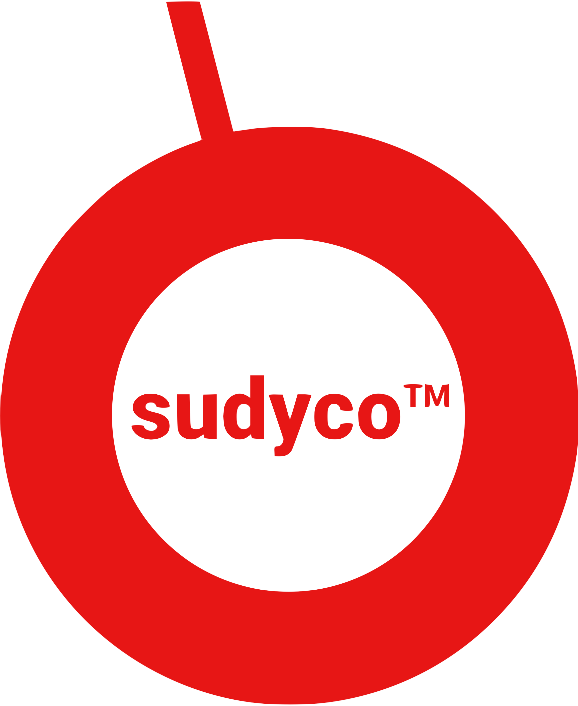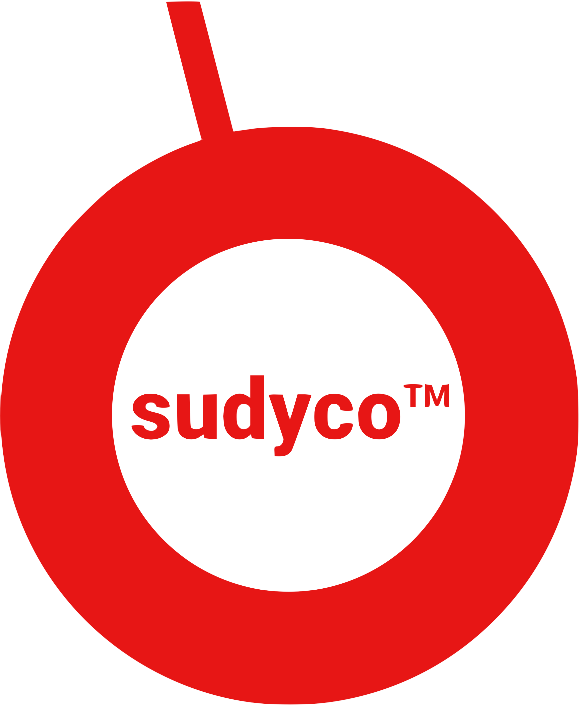Hey Construction Nation,
Have you noticed that no matter what season you are in, there are specific opportunities and lessons to be learned? Sometimes the lessons come disguised as problems and challenges to overcome. Sometimes they come as ways to soar. But they always come. And they come in cycles, like seasons.
Last week we discovered the Four Seasons of an Owner’s Partnering Program. We saw how all programs start in Spring, and if they don’t die, they move to Summer where they grow. Then they shift to Autumn where they reap the rewards of their efforts. Only to move into Winter where things are not going so well. So, they move back into Spring with a rejuvenation effort! It is a natural cycle every program will go through if you get “lift off” (and far too many programs never move out of Spring – or live in Winter).
We are going to dive in and look around at each of the four seasons of a partnering program, along with some ideas for enhancing each season, and learn of some pitfalls to avoid. Are you ready? Here we go!!

When the pain is great enough that you will do what it takes to change, that is when Spring starts. This is true if it is a brand new program, or a program that needs rejuvenation. The leader(s) see a need to improve their project/program results. The leader is convinced that changes need to be made for things to improve. This belief spreads as people see lost opportunities or wasted resources.
To spread, someone must champion Partnering within the organization. This is most effective at the C-Suite level because they have the authority to set new policies, practices, and processes for the owner organization.
The leaders begin to learn about Partnering and how others are effectively implementing it on their projects. They begin to set up the framework needed for Partnering to achieve results. To know more about the framework, check out International Partnering Institute’s On Time On Budget, How to Start a Collaborative Partnering Program. It is filled with IPI best practices for Collaborative Partnering.
Spring Enhancements
Ways to enhance this phase and make it gain momentum is to:
- Create very clear Partnering program objectives (i.e. reduce the number of claims to X, or, reduce overall costs by $X, attract the best contractors, etc.).
- Learn from other owners who have been doing this for a while.
- Put enough commitment into the program so it is clear, this is going to be our way of doing business.
Spring Potential Pitfalls
Avoid pitfalls we have seen such as:
- Expecting “magic” to occur. Partnering is not a magic pill, it is a framework to get everyone aligned in a way that provides results. It takes effort to get that alignment and overcome misalignments.
- Trying to use your old processes, which were not achieving results, and expecting great results when you just superimpose the new Partnering framework onto them. There is a learning curve as you blend what you’ve been doing with the new best practices. The more you learn, the better you will get. You can learn from others and by implementing Partnering on your projects and capturing your lessons learned.
- You pilot a project to see if Partnering works. When you do not achieve what you expect, you discount the effectiveness of Partnering. A pilot project(s) is a fantastic way to start to learn how to make Partnering work, not to judge how it did not work as expected. There is always a learning curve.

Summer starts when you and your team have implemented the Partnering program framework and you are starting to yield results. I’ve had owners tell me, “We did a little Partnering and got results, we did more Partnering and got more results, then we went all in with Partnering and we got extraordinary results.” During Summer, leaders work to implement Partnering more fully on their projects and within their organization. The focus is to create even greater results.
This includes training all your people, along with your design and construction counterparts, about your program and how to fully implement the program on projects for win/win results. It is a wise idea to train your people on how to lead by creating a high trust atmosphere.
You will want to overcome barriers to Partnering and have Partnering staff supporting the implementation of the program, so it is fully implemented as desired. You must measure your results toward your objectives. Share your results widely with your team, your design and construction counterparts, and the industry. Acknowledge the people on your projects who are making it happen!
Summer Enhancements
- Develop a Partnering guide that lays out your entire program, how it works, roles and responsibilities, objectives, etc., and make it available to everyone who works on your projects.
- Train all stakeholders about the program, their role, and the overall objectives, including how important they are to your results.
- Create a Partnering Steering Committee, to help you identify and overcome barriers to your partnering. You can learn about creating a Partnering Steering Committee in IPI’s Working Together: How to Start a Partnering Steering Committee.
Summer Potential Pitfalls
- You are getting results, but your people and the designers and contractors do not understand what you are doing and why you are doing it. They need training and guidance on your program so they can fully engage. Lack of training will diminish your results.
- If you do not have Partnering measurements for each project and your overall program, then you, and your team leaders, will not know how to steer or improve your project or program.
- Your people are from your current organization’s culture and have the wrong mindset for creating a high trust culture. They need training on how to create a high trust atmosphere, and coaching if they are struggling. Without this mindset your return-on-investment will be significantly less.

In Autumn, you are in the hey-day of your Partnering program! You are reaping the rewards of your efforts. Your program is developed and has proven to provide remarkable results. Your people know how to implement the program and have a track record for achieving outstanding results. People are trained. Those who really know how to make Partnering work within your organization, rise quickly to the top. Partnering has become your way of doing business.
You are growing a reputation in the marketplace as an “Owner of Choice.” An owner that is fair and works to resolve issues as they arise. You are seeing prices come down by 10% (or more) because of your reputation for focusing on the project and being fair. You have no arbitrations. You have no litigations. You are not spending resources on fighting at the end of your projects. You are attracting some of the best of the best in your industry who want to come work for you, or with you on your projects.
Autumn Enhancements:
- Keep sharing your accomplishments. Make sure your people and partners know what the Partnering program entails and is producing. Share the awards received. Continue to share the measurements.
- Keep training people on the program. New people need to be trained so they can fully participate, and existing people need a refresher. Keep measuring against your benchmarks.
- Promote the people who are making it happen so your Partnering culture will be highly embedded and stable at all levels.
Autumn Potential Pitfalls:
- Taking the Partnering program results for granted means that people have lost sight of what you are trying to accomplish. This often happens when it has become the “norm.”
- Inconsistencies can break out with different groups doing their approach differently. This sets up conflict over which way is “our way”, the “best way”, or the “right way.” You lose the tried-and-true processes and there can be turf issues.
- You may start throttling back on resources for the program, instead of looking for ways to continuously improve. Not only does it “starve” your program, but it also sends a clear message that the program is no longer as important.

In Winter, your results are not what they once were. There isn’t the kind of “all-in” excitement around the Partnering program. It’s been years since you saw prices go down 10%, in fact they are up over 10%. So, the Partnering program slips from being a top priority to becoming one of many. Then maybe a low priority, and then the program may even be shut down. Your people have been just going through the motions of what is required and not really engaged. It seems like a wasted effort.
As less and less Partnering occurs, you begin to see claims, disputes, and arbitrations rise. Your people are getting tired of dealing with all these issues. It is beginning to become a war zone again on your projects. It is not fun. Your best people leave. You see prices rising and your schedules getting longer. You spend most of your time trying to deal with all the project issues. You have more projects coming out. You need relief and change.
Winter Enhancements:
- Capture the lessons learned from the program and adjust based on the lessons. Shift more quickly into Spring to reinvigorate the program before you atrophy.
- Measure and understand the results you are achieving. You have already realized the cost and schedule savings from your program. Now you are sustaining it. This won’t show up as new lower costs. It will show up as sustained costs. Atrophy of the program shows up as increased costs and schedule.
- Leadership’s commitment to the program is what will allow it to re-bloom. Continuity of leadership is important too. Look for red flags that your key people are leaving, that you are seeing higher prices, and that your people are not enjoying their jobs. Then a committed leader will know that it is time for Spring.
Winter Potential Pitfalls:
- Typically, parts of the program will be watered down, or shut down. This signals to everyone that your Partnering program is no longer a priority or working.
- Expecting the same return on investment (ROI) you saw in Summer and Autumn is unrealistic. So many times, this lack of ROI is misunderstood. You’ve achieved the savings. You’ve created your reputation as an owner of choice. Keep this going!
- As the Partnering program diminishes, disputes naturally emerge because the high trust norms are waning. It can look to some as if the Partnering program isn’t working because we are having more disputes. It is a catch-22. You have more disputes because the program is not supported in the same way.
Do you find that when you understand the “season” you are in, that things just make more sense? And you know better how to prepare and thrive? For example, wearing a bikini on a ski trip sounds rough. You get my jest!
You can use these seasons as a tool to better understand where you are on your projects. And no matter who you represent (owner, contractor/builder, designer, CM) you can help enhance the season for that project and try to stay away from the pitfalls.
You can use these Four Seasons of Partnering when you are working with an owner organization to help them see where they are in their Partnering journey. Or, with an owner that does not have Partnering and is interested in starting, they can use the seasons to see how they can evolve and where to start.
I’d love your feedback Construction Nation!!
That’s all for now,

P.S. Curious how you can improve your project’s chance at success?
- Listen to Episode 49 on the Lead with Trust Podcast.
- Take the Trusted Leader Assessment and find out your personal results.
- Tell your team to subscribe to the Lead with Trust newsletter so they stay cutting edge in the industry.






